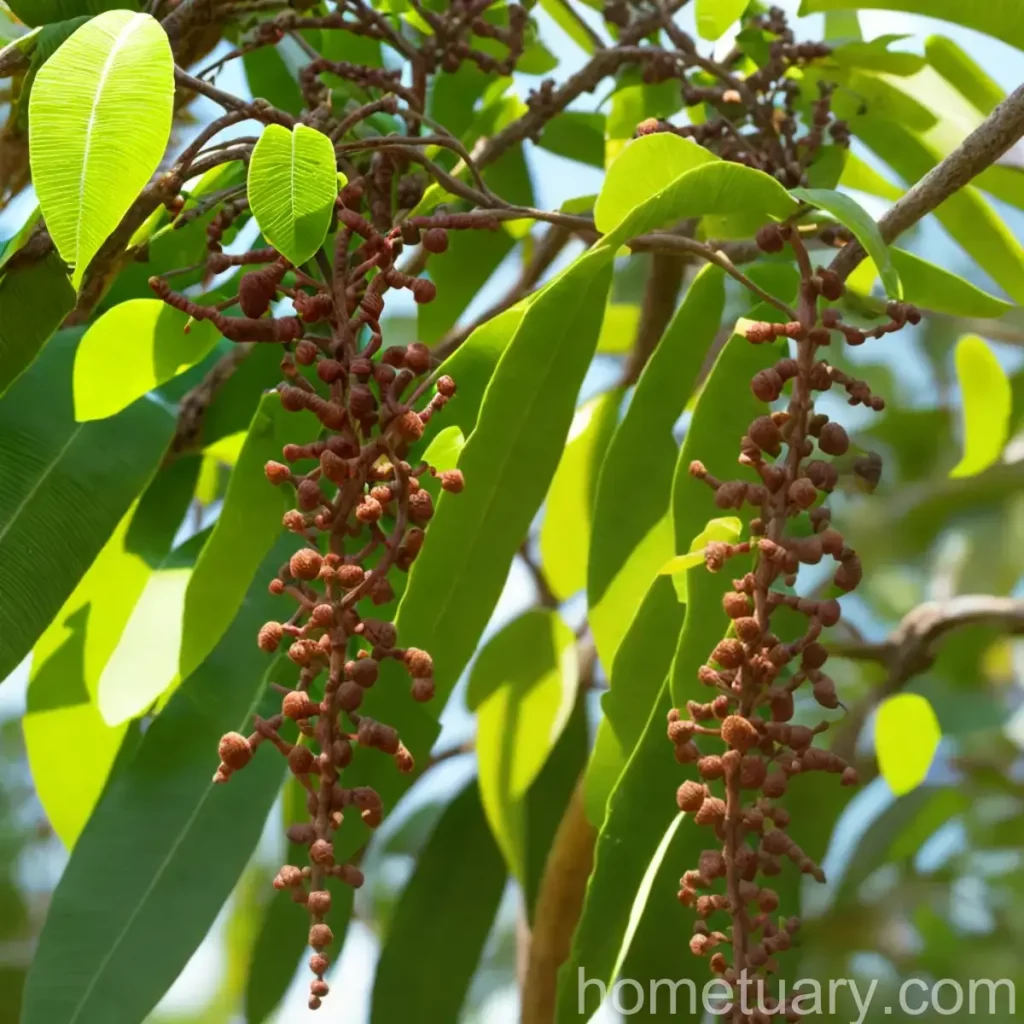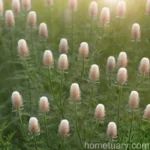Littleleaf False Tamarind (Lysiloma watsonii): The Complete Guide
Littleleaf False Tamarind, scientifically known as Lysiloma watsonii, is a unique and visually appealing plant that has gained popularity for its ornamental and ecological significance. This comprehensive guide will provide valuable insights into the characteristics, cultivation, uses, and maintenance of the Littleleaf False Tamarind, equipping you with the knowledge needed to cultivate and appreciate this remarkable plant.
What is Littleleaf False Tamarind (Lysiloma watsonii)?
Littleleaf False Tamarind, or Lysiloma watsonii, is a perennial plant belonging to the Fabaceae family. It is native to the arid regions of the southwestern United States and northern Mexico. This drought-tolerant species is known for its distinctive foliage and delicate flowers, making it a sought-after addition to gardens, landscapes, and native plant restoration projects.
Littleleaf False Tamarind Characteristics
The Littleleaf False Tamarind exhibits several noteworthy characteristics that contribute to its appeal and functionality:
– Foliage: The plant features small, pinnate, compound leaves with a feathery appearance, consisting of multiple leaflets.
– Flowers: Clusters of delicate, pale pink to lavender flowers adorn the plant, adding a touch of elegance to its overall appearance.
– Fruit: The plant produces elongated, flat seed pods that turn from green to brown as they mature, contributing to its visual interest.
– Size: Littleleaf False Tamarind is often a small to medium-sized tree, reaching a mature height of 15 to 30 feet.
Key Takeaways – Littleleaf False Tamarind (Lysiloma watsonii)
Before delving into the specifics of cultivating and caring for Littleleaf False Tamarind, it’s essential to understand the key takeaways associated with this plant. This opens the door to exploring its significance, uses, and potential benefits.
Littleleaf False Tamarind Plant Care
Lysiloma watsonii, similar to other plant species, thrives under specific care conditions. Understanding its care requirements is crucial for its successful growth and development.
Growing Littleleaf False Tamarind
The growth patterns and preferences of Littleleaf False Tamarind play a crucial role in determining its suitability for different environments and applications.
Benefits of Growing Lysiloma watsonii
The advantages of cultivating Littleleaf False Tamarind extend beyond its visual appeal, encompassing environmental, ecological, and utilitarian benefits.
Littleleaf False Tamarind Uses
Exploring the various applications and uses of Lysiloma watsonii sheds light on its versatility and contribution to different contexts.
Lysiloma watsonii Native Habitat
Understanding the native habitat and ecological preferences of Littleleaf False Tamarind is fundamental in creating environments that support its wellbeing.
Littleleaf False Tamarind Maintenance
Regular maintenance practices and considerations play a significant role in ensuring the sustained vitality of Littleleaf False Tamarind.
Culture
Water
Natural Habitat
Littleleaf False Tamarind is native to arid and semiarid regions, where it has adapted to sparse water availability. Its natural habitat offers insights into its water requirements, indicating a preference for well-drained soil and occasional deep watering.
Cultivation
When cultivating Littleleaf False Tamarind, it is essential to strike a balance between providing adequate moisture for establishment and avoiding waterlogging, as excessive moisture can lead to root rot and other complications.
Sunlight
Littleleaf False Tamarind thrives in full sunlight, displaying optimal growth and flowering when exposed to direct sunlight for the majority of the day. In cultivation, ensuring a location with ample sunlight is crucial for the plant’s overall health and vigor.
Fertilizer
While Littleleaf False Tamarind is adapted to nutrient-deficient soils in its native habitat, providing a balanced fertilizer during the growing season can support its growth and enhance its aesthetic qualities. A slow-release, balanced fertilizer with a focus on phosphorus application can aid in flowering and overall plant health.
Soil
Native Soil
The native habitat of Littleleaf False Tamarind typically consists of well-drained, sandy, or gravelly soils, with a low organic matter content. Understanding the properties of its native soil can guide the selection and preparation of the ideal soil for cultivation.
Cultivation Soil
For cultivation, it is recommended to provide well-drained soil with a slightly acidic to neutral pH. A mix of sandy, loamy soil amended with organic matter can create an optimal growth medium for Littleleaf False Tamarind.
Pruning
Pruning Littleleaf False Tamarind is primarily focused on shaping the plant, removing diseased or damaged branches, and promoting a healthy and desirable form. Regular pruning sessions can help maintain its size, shape, and overall appearance in both garden and landscape settings.
Propagation
Littleleaf False Tamarind can be propagated through seeds and cuttings, offering opportunities to expand its presence and share its ornamental and ecological value. Seed propagation and softwood or hardwood cuttings provide viable methods for propagating this species, offering flexibility and versatility in multiplication.
Container Popularity
The ornamental and adaptive qualities of Littleleaf False Tamarind have contributed to its popularity as a container plant. Its ability to thrive in containers makes it a versatile addition to patios, balconies, and urban landscapes, where space may be limited.
Container Common Diseases
Containers provide a unique growing environment for Littleleaf False Tamarind, and as such, they may be susceptible to specific diseases, including root rot and fungal infections. Preventative measures and mindful cultivation practices can mitigate these concerns, ensuring the sustained health of the plant in containers.
Disease Diagnosis
Understanding the symptoms and signs of common diseases that may affect Littleleaf False Tamarind is crucial for timely intervention and disease management. Visual cues and changes in the plant’s growth and appearance can offer insights into potential health issues.
Common Pests
Littleleaf False Tamarind may encounter pests such as aphids, spider mites, and caterpillars. Vigilance and prompt action can help control and manage pest infestations, preserving the plant’s vitality and aesthetic appeal.
Botanist’s Tips
Insights and tips from botanists and plant scientists can provide valuable guidance for cultivating and appreciating Littleleaf False Tamarind. From understanding its ecological significance to optimizing its growth conditions, these tips offer a holistic perspective on plant care and cultivation.
Fun Facts
- Littleleaf False Tamarind is a host plant for various butterfly species, contributing to the support of pollinators and native wildlife.
- The plant’s resilient nature and adaptable characteristics make it an ideal choice for xeriscaping and water-conserving landscapes.
Links to External Resources
For additional information and resources on Littleleaf False Tamarind, consider exploring the following:
– Native Plant Conservation Campaign
– Extension Gardener Resources
By gaining a deeper understanding of Littleleaf False Tamarind (Lysiloma watsonii), you can appreciate its unique characteristics and contribute to its conservation and cultivation. Whether you are a gardening enthusiast, landscape professional, or ecological steward, Littleleaf False Tamarind offers an array of benefits, from its ornamental allure to its ecological contributions. Embracing the cultivation and care of this remarkable plant enriches landscapes, supports native ecosystems, and fosters a deeper connection with the natural world.















